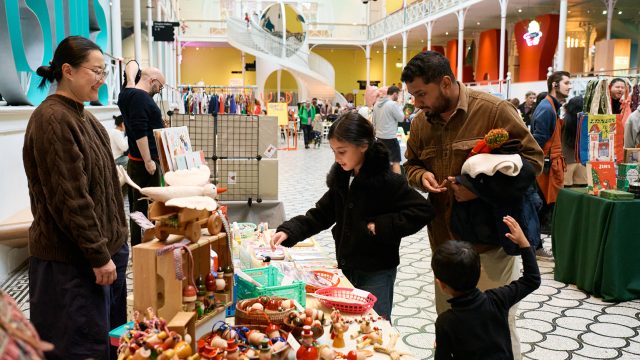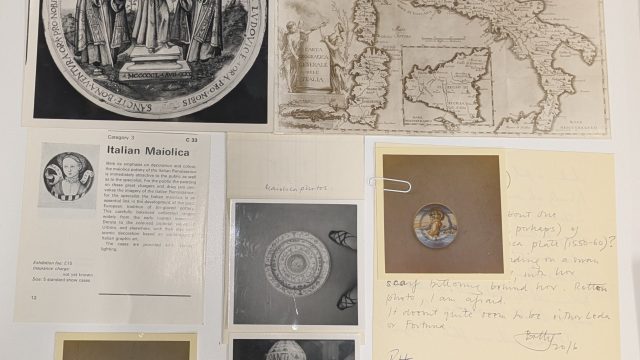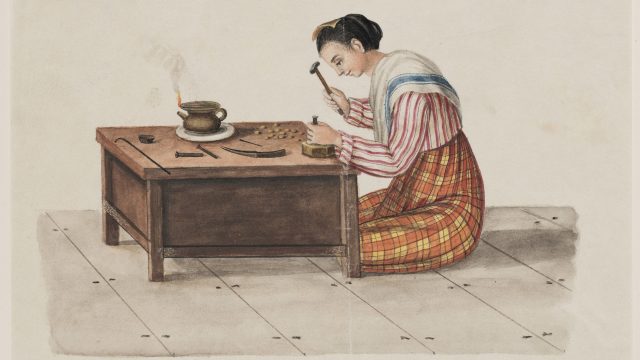Sally Dunne is fascinated by art and stories that introduce us to cultures past and present and explore universal unifying themes. Her work is inspired by an impulse to create illustrations that have the potential to empower and humanise experiences with a sensitivity to colour, atmosphere, light and texture.
This year’s student judging panel admired Sally’s colour palette and use of shadow in her Award winning series of illustrations entitled Home in the Kakuma Refugee Camp. Her pastel drawings sensitively express the contrast between the warmth of a community and the cold uncertainty of fate.
Since graduating from Cambridge School of Art, Sally was shortlisted for the Sebastian Walker Prize, in addition to being named Student of the Year at the V&A Illustration Awards.
Firstly, many congratulations on winning the V&A Student of the Year Award 2020! Can you tell us more about your series of illustrations for Home in the Kakuma Refugee Camp?
Thank you so much! The illustrations are part of a short, wordless graphic novel that follows a young brother and sister on a walk through their temporary home in Kakuma Refugee Camp. The sequence was inspired by the moving stories of the displaced people living in the camp and the nearby Kalobeyei Integrated Settlement.
Located in the north-western region of Kenya, thousands of registered refugees and asylum-seekers from diverse cultural and religious backgrounds live together. Over the years, people living in the camp have transformed parts of the previously arid and desolate land, into a thriving town.
I felt it was important to convey the vibrancy of the camp but also reinforce the difficult reality of displacement, as many wait to be resettled in a new country, or wait to return home when it is safe enough.
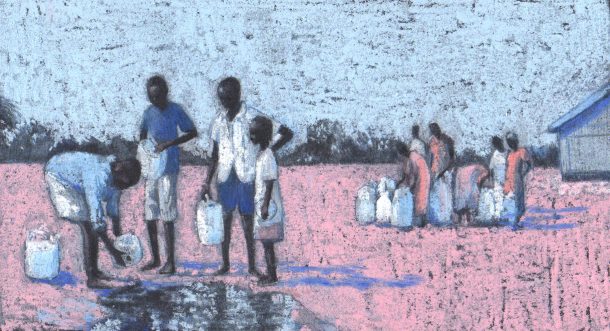
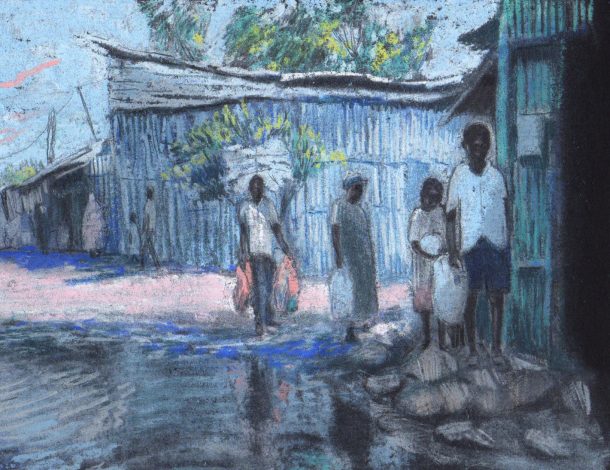
During my studies, I had been researching the various ways illustrated narratives have the potential to inform viewers of all ages about difficult subject matters and how they may also encourage viewers to emotionally engage with events they have not directly experienced. I was inspired to create my own sequence that might have the potential to be used as a starting point for a wider discussion about displacement.
How did you make sure to portray life in the camp as accurately as possible?
I spent a lot of time collecting as many visual references as I could find in order to portray details from the camp as accurately as possible. These references included a combination of photographs, films, documentaries and interviews that empowered and humanised the experiences of people living in the camp. I started drawing in response to these references in quite an uninhibited way, focussing on elements and visuals that instinctively resonated or captured my attention. I drew lots of scenes, many of which were not included in the final sequence, but each enabled me to become increasingly familiar with specific details and stories from the camp. Gradually, my own narrative began to emerge from these studies. I combined the initial reference material with my own imagined characters and scenarios to create new scenes that were still very much based on real documentation.
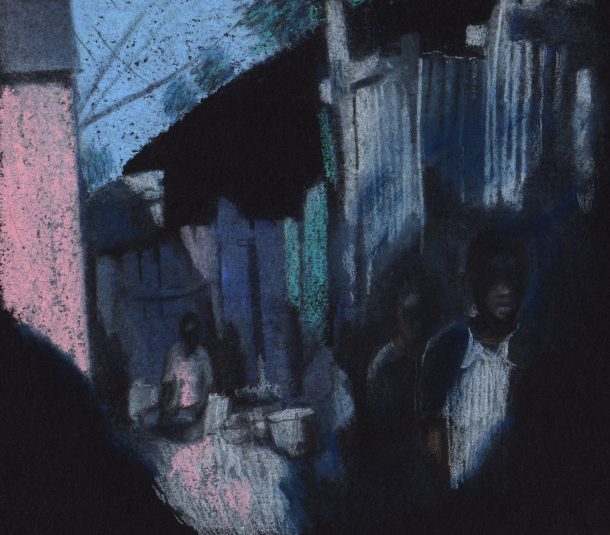
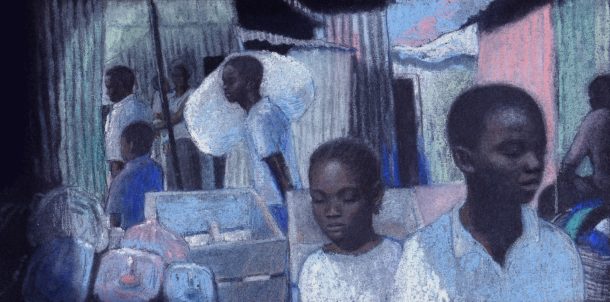
The judges admired your vibrant colour palette and use of shadow. How would you describe your style?
Working with colour and texture are the most exciting aspects of creating an image and are often the particular components that draw me to a piece of artwork, whether that be a painting or a sculpture. I like to work with materials that create a variety of tones and are tactile and expressive. I really enjoy the unpredictable nature of the pastels and watercolours I use, which occasionally lead to some exciting and unexpected results. Soft pastels are particularly sensitive to the slightest touch, so I usually combine them with coloured pencils to add some definition to parts of the image as well as incorporate a wider range of marks. They can be applied gently to capture a soft, delicate impression of light and feeling, or be applied boldly to convey vibrancy and movement.
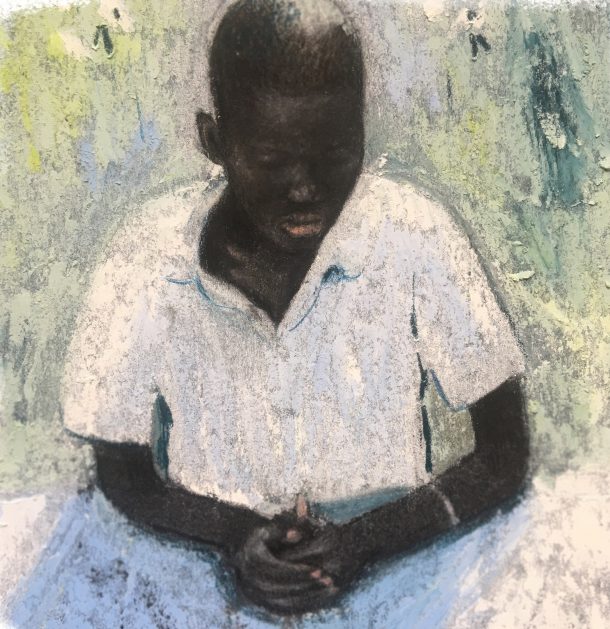
I try to work intuitively with colour, and usually choose a limited palette that combines some cold, warm, muted and vibrant colours which both contrast and harmonise well together. Colour is a wonderful way of enhancing the atmosphere and emotion in an image.
I draw from life as much as possible but enjoy incorporating some imaginary or exaggerated elements when working towards a final piece of artwork. I often keep a sketchbook with me in case a particular landscape, character, or moment captures my attention. These studies often later inspire more finished pieces of work.
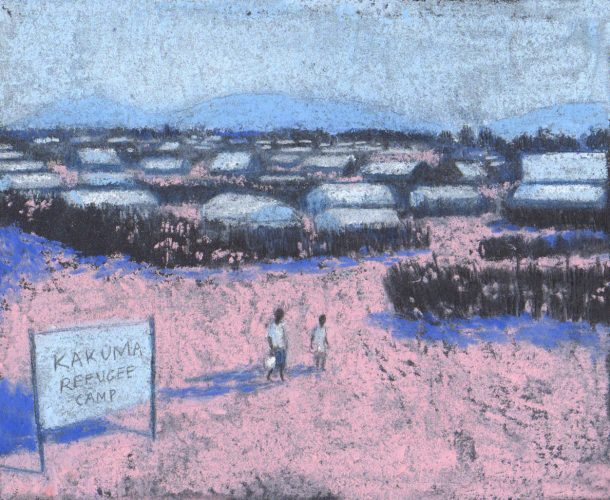
For younger children I like to work with bold palettes, soft textures, and celebrate my appreciation for detail. For older children, my illustrations are very much inspired by stories based on real experiences, events and histories. I tend to work with subtler colours, taking a more sensitive approach to atmosphere and expression.
What or who inspired you to study illustration?
I have been drawing for as long as I can remember and it has remained a consistent outlet for expressing ideas, discovering stories and engaging with real and imagined worlds.
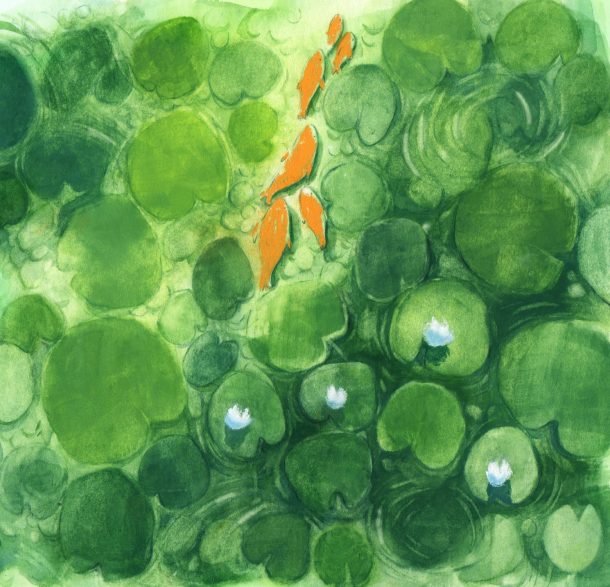
As a child, I would spend hours drawing from my favourite picture books, particularly any books illustrated by Jill Barklem, Quentin Blake and Beatrix Potter. These books instilled in me a desire to be an illustrator and I was greatly encouraged by my family and friends to pursue my love of drawing.
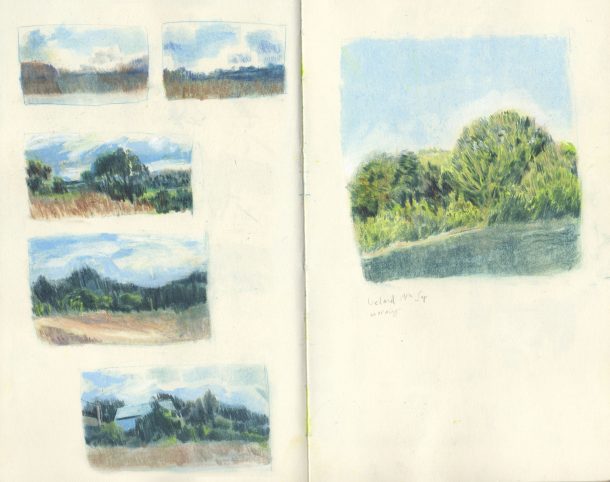
I was not aware that there was a course specifically devoted to the practice of illustration until I started to apply to university. I instantly knew that it would be the perfect course for me and I was very fortunate to be accepted onto the BA Illustration course at the Cambridge School of Art, Anglia Ruskin University. The school has such a rich tradition in drawing and the art of visual storytelling. The expert guidance and knowledge shared by my tutors has greatly informed my way of seeing, documenting and appreciating the world around me. Two years after completing the BA, I returned to study the MA in Children’s Book Illustration, still eager and inspired to keep learning about illustration.
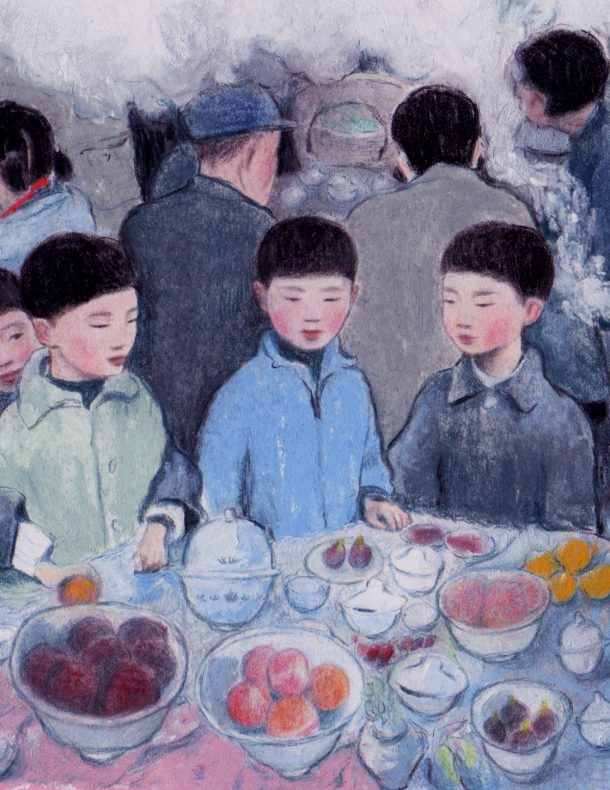
What projects have you been working on since graduating from your course at Anglia Ruskin?
Since graduating from my course, I have been very fortunate to receive some wonderful opportunities. I had the brilliant experience of illustrating a book for The Folio Society, which is due to be published this coming summer. It was a great commission and I enjoyed working on it so much. I have also been very grateful to receive more interest in my work which has opened up new possibilities, including the chance to work on some exciting private commissions.
View more of Sally Dunne’s illustrations on her website at https://www.sallyillustrates.com/
The judges of this year’s Student category were Sheri Gee, Art Director at The Folio Society and Yehrin Tong, Illustrator and past winner. The Student Illustrator of The Year Award is £3,000, a trophy and certificate. The Awards are generously supported by The Linder Foundation.
More information about the Awards can be found on our website at www.vam.ac.uk/illustrationawards. Sign up to our newsletter to receive the latest updates.
